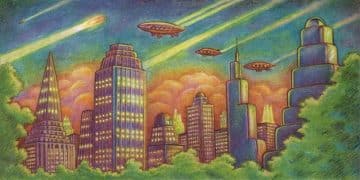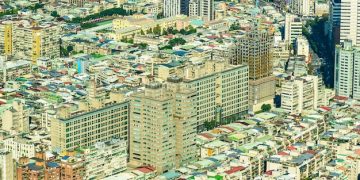Mapping GTA 6 Districts: Social and Economic Speculations
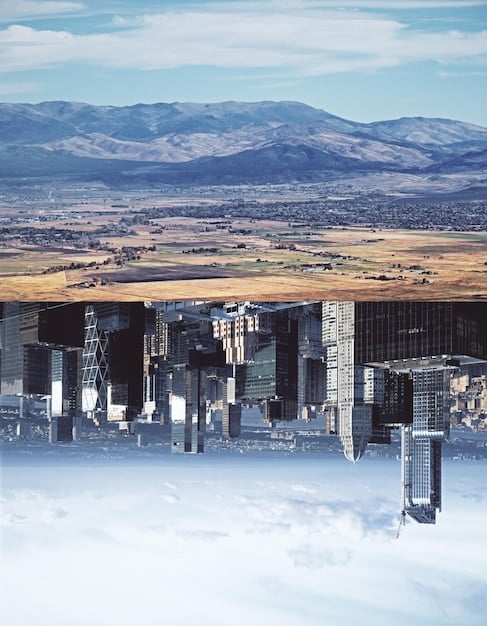
Mapping the Districts: Speculating on Social and Economic Divisions in GTA 6’s World explores the potential societal landscapes within the game, delving into predictions about how different districts might reflect varied economic statuses and social dynamics.
The anticipation for Grand Theft Auto 6 is reaching fever pitch, and one of the most exciting aspects is the potential for a new, richly detailed map. Mapping the Districts: Speculating on Social and Economic Divisions in GTA 6’s World allows us to explore what these virtual lands may look like.
Anticipating GTA 6’s Social Cartography
Grand Theft Auto games are known for their sprawling open worlds, but they are also celebrated for their not-so-subtle commentaries on society. The districts within these games often reflect real-world social and economic divisions. With GTA 6 on the horizon, speculating how these divisions might manifest is a popular pastime among fans and analysts alike.
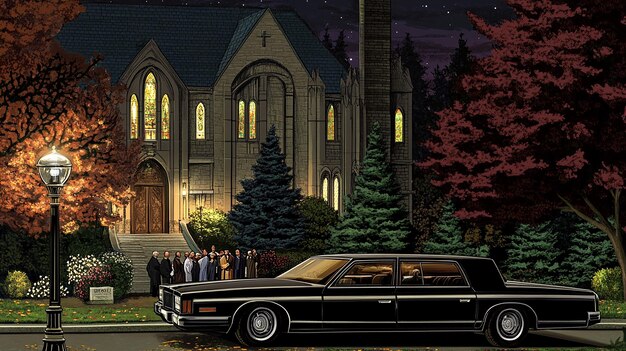
District Archetypes in GTA
Previous GTA titles have established a pattern of including distinct district archetypes. These serve as visual and gameplay shorthand for quickly conveying the social and economic status of an area.
- The Affluent Areas: Think Vinewood in GTA V; these districts have opulent homes, high-end businesses, and a sense of exclusivity.
- The Industrial Zones: These are the gritty underbellies, often filled with factories, warehouses, and blue-collar workers.
- The Suburban Sprawl: Featuring tract housing, strip malls, and a more homogenized culture, these districts offer a contrast to the extremes of wealth and poverty.
- The Downtown Core: A bustling hub of government buildings, corporate headquarters, and entertainment venues.
Each of these district types affects not only the visual aesthetic of the game but also the types of missions, characters, and vehicles found within them.
In conclusion, GTA’s district archetypes not only enhance gameplay but also contribute to the game’s social commentary.
Speculating on Economic Hierarchies
Economic hierarchies are a persistent reality in society. GTA games often mirror this, presenting a stark contrast between the haves and have-nots. It is expected that GTA 6 will continue this tradition, perhaps with even greater nuance.
Potential Economic Layers
GTA 6 could introduce new layers to its economic hierarchy. Consider these:
- Tech Hubs: Reflecting the modern economy, these districts could be filled with startups, venture capitalists, and a culture of innovation.
- Tourism Districts: Areas heavily reliant on tourism, potentially vulnerable to economic downturn and seasonal fluctuations.
- Agricultural Regions: A departure from the typical urban setting, these regions could highlight the challenges faced by rural communities.
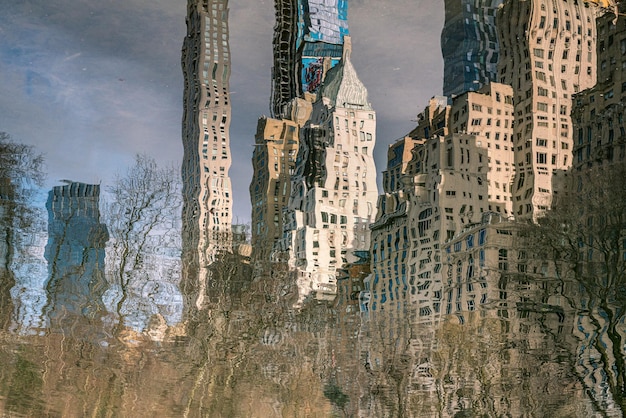
Exploring diverse economic sectors can add depth to the game’s world, allowing players to engage with different industries and characters.
In sum, the game could provide more intricate and realistic portrayals of economic diversity in GTA 6’s world.
Social Dynamics and District Divides
Social dynamics are shaped by economic conditions, cultural influences, and historical factors. GTA games often capture these complex interactions within their districts.
Gentrification and Displacement
Gentrification, the process of wealthier residents moving into historically disadvantaged neighborhoods, is a major social issue. This should be considered:
GTA 6 could explore the social tensions and conflicts that arise when affluent residents move into low-income areas, leading to displacement and cultural erasure.
Moreover, the game could highlight the struggles faced by long-time residents who are priced out of their homes and communities.
These themes can add social commentary to GTA 6 if they are explored realistically and with a commitment to nuance.
In conclusion, focusing on gentrification can potentially result in a more compelling and thoughtful gaming experience.
The Role of Governance and Law Enforcement
The presence and effectiveness of governance and law enforcement significantly shape the character of different districts. GTA games often depict these institutions with a satirical edge.
Corruption and Abuse of Power
Law enforcement isn’t always fair in crime settings:
GTA 6 could explore how corruption within the police force and government officials affects different communities, leading to distrust and injustice.
Consider how the game could depict biased policing practices, where certain districts are disproportionately targeted while others are given preferential treatment.
When the law is unjust, it is difficult to build trust in the community.
Summing up, exploring the themes listed above leads to potentially thought-provoking narratives.
Visual Storytelling Through Architecture
Architecture is a powerful form of visual storytelling, conveying information about wealth, culture, and history. GTA 6’s districts could leverage architecture to communicate important social and economic themes.
Contrasting Architectural Styles
If the game portrays distinct styles of districts, it could consider these options:
- Modernist Glass Towers: Symbolizing corporate power and financial dominance
- Gated Communities with McMansions: Representing suburban affluence and social homogeneity
- Dilapidated Housing Projects: Illustrating poverty, neglect, and systemic inequality
These visual cues can instantly communicate the social and economic status of a district, creating a richer and more immersive game world.
Consider this: well-designed architectural visuals can significantly enhance the game world.
Gameplay Implications of District Diversity
The social and economic divisions within GTA 6’s districts will have profound implications for gameplay, influencing the types of missions, characters, and activities available to the player.
Tailored Mission Structures
GTA 6 has an opportunity to diversify the gameplay experience by region:
- High-Stakes Heists in Affluent Areas requiring stealth and social engineering skills.
- Street-Level Hustles in Low-Income Districts involving drug dealing, gang warfare, and petty theft.
- Political Intrigue in the Downtown Core with missions tied to government corruption, corporate espionage, and media manipulation.
Providing scenarios like this can create variety for the player.
To put it simply, these options ensure a compelling and engaging experience for all players.
Impact on Player Agency and Choice
Ultimately, the most compelling GTA games are those that provide players with meaningful choices and agency, allowing them to shape the world around them. District diversity can enhance this aspect of the game.
Moral Alignment and Consequences
The game should always keep the player informed on consequences:
Allowing players to align themselves with different factions, make choices that affect the social and economic balance within districts, and experience the consequences of their actions.
These actions should be difficult, but should always give the player agency and a sense of choice for their actions.
Player actions affect the balance of gameplay.
| Key Point | Brief Description |
|---|---|
| 🌆 District Archetypes | GTA districts reflect real-world socioeconomic divisions. |
| ⚖️ Governance | Corruption affects faith in the law. |
| 💰 Economic diversity | Economic diversity adds realism. |
| 🎭 Social Dynamics | Gentrification adds tension and realism. |
FAQ
GTA games have depicted social divisions through district archetypes, architectural styles, and gameplay mechanics that reflect real-world economic disparities and cultural nuances. For example, affluent and impoverished neighborhoods have been represented.
Architecture in GTA games adds unique flavor to the world. For example, modern skyscrapers in the uptown core or modern gated communities provide backdrops for specialized heists and mission types.
Choices and actions can have meaningful impact and change different facets of the game. The consequences of actions can play out through different gameplay elements that include different challenges, but also different rewards.
The lack of governance can play out on different fronts. When law enforcement is corrupt, it creates inequity across the population. This can manifest through unfair treatment from law enforcement entities depending on the district.
Players will potentially have access to vastly different experiences depending on location. High-income areas can lead to more stealth and skill-based missions. Low-income areas can lead to more direct action, drug trafficking, and gang management scenarios.
In conclusion, these examples outline some of the ways regions and diversity can enrich the experience of any game across multiple facets of gameplay.

